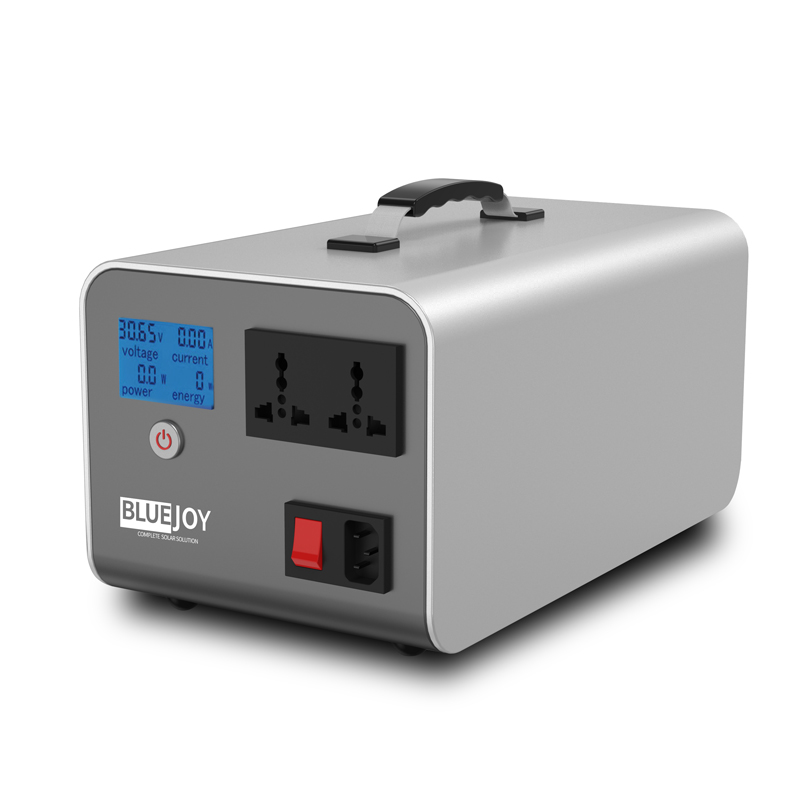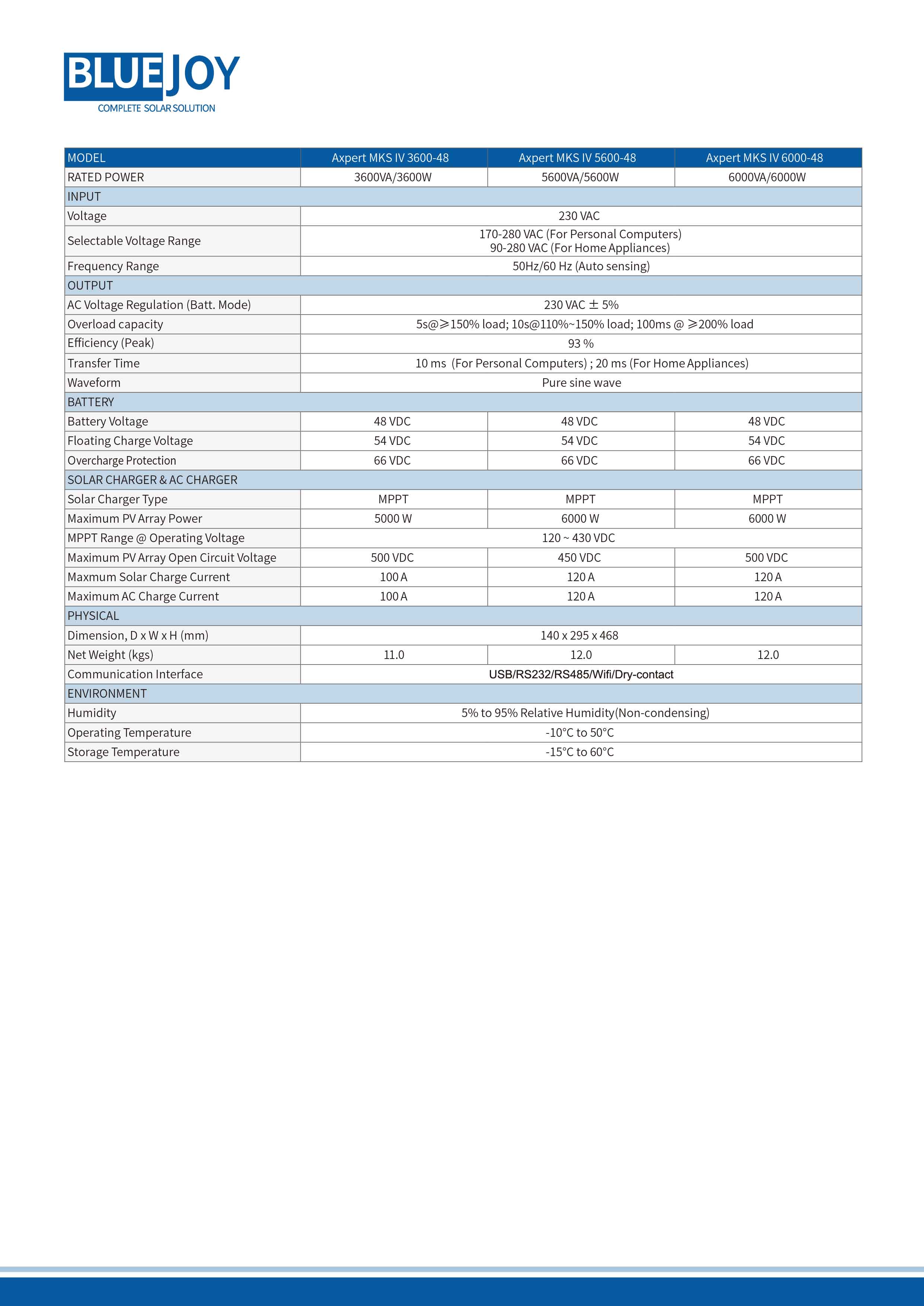When you purchase through links on our site, we may earn an affiliate commission. Here’s how it works.
New tax incentives are making the idea of solar panels more enticing, especially with higher electric and heating bills. Here are some things to consider. Solar Panel For Home

Rising energy prices and new tax incentives for green home improvements this year are heating up interest in solar.
Experts say it’s a good time for many homeowners to harness solar energy. Though solar power may not work for every home, when it does it can drastically cut home heating bills and lessen damage to the environment caused by the burning of fossil fuels. And while installing a solar energy system is still not cheap, the up-front cost has gone down significantly in the past 10 years.
Costs vary from state to state and depend on things like the size and quality of the solar array. Nationally, the average cost for a residential photovoltaic system is about $20,000 after 30% in federal tax credits, according to EnergySage.com (opens in new tab) , an information website for residential alternative energy.
Be a smarter, better informed investor.
Profit and prosper with the best of Kiplinger’s expert advice on investing, taxes, retirement, personal finance and more - straight to your e-mail.
Profit and prosper with the best of Kiplinger’s expert advice - straight to your e-mail.
Nick Liberati, communications manager for EnergySage, breaks it down: The national average for a 10-kilowatt system, priced at the national average of $2.86-per-watt, costs $28,600. The federal tax credit allows you to deduct 30% of the cost of installing solar panels from your federal taxes (or in this case, a total of $8,580), bringing the cost to $20,020.
On average, it takes 8.7 years to break even — that is, to save enough on power to recover the cost of solar panels. After that, your solar energy is free until the equipment wears out. Solar panels are typically guaranteed to last 20 to 25 years, although the system’s inverter is generally guaranteed for 10 years. The inverter converts DC electricity generated by solar panels into AC electricity that's used in your house.
The average solar panel cost quoted above doesn’t include storage. A battery can add an average of more than $9,000 after the federal tax credit, depending on the size and other features. Specifically, Liberati says, the national average cost for a battery in the 10-12 kilowatt hour size range is about $13,000. Starting in 2023, all residential batteries will be eligible for the full 30% tax credit as long as they’re over 3 kWh in size. So you'd be able to deduct $3,900 from your taxes, leaving you with a post-tax credit price of $9,100 for the battery.
Although batteries are becoming more popular, most solar houses don’t have them. Instead, most consumers send their excess energy to their utility as credit toward their power usage when the panels aren’t collecting enough, such as at night.
Without a battery, if your utility loses power, your home does, too, even when it’s sunny. “The primary reason for this is safety,” Liberati says. “If your solar panel system is still producing electricity and sending it to the grid during an outage, those energized wires pose a serious safety threat to any utility workers trying to restore electric service to the grid.
That won’t be a problem if you have a battery with “islanding capability.” Islanding is a technology that allows your home to support itself. “You can keep producing solar energy and feeding it to your battery during an outage without posing a risk to line workers because a system that is islanded won't push excess electricity onto the grid,” Liberati explains. He notes that not all solar panel systems with energy storage can automatically island. If you get a battery, you should make sure your installer gives you the right equipment to enable this technology.
With so many thousands of dollars required upfront, going solar can be intimidating for many people, notes Vikram Aggarwal, CEO and founder of EnergySage.
Aggarwal urges comparison shopping and checking any claims — such as that your utility or the government will give you solar for free. EnergySage, he says, helps with this and connects consumers with reputable contractors. The site also has information about incentives offered by different states.
Another factor to consider is how your utility company credits you for the solar energy it gets from you, particularly if you don’t have a battery and are reliant on the utility to run your home when your panels aren’t collecting enough.
Michael Ware, a senior solar specialist with consulting firm EcoMotion (opens in new tab) , says there’s tension over how the utilities credit customers for solar power. The utilities want a discount, similar to how they pay for other forms of energy that they sell to consumers. But solar advocates want the utilities to credit customers the full amount they have to pay for their power, known as net metering.
Sherri Shields, director of communications and marketing for the Florida Solar Energy Center at the University of Central Florida, said people who install solar should check with their insurance companies about whether they cover the panels or whether you have to purchase extra insurance.
Saving money is just one reason people go solar, notes Robert Stoner, deputy director for Science and Technology of the MIT Energy Initiative (opens in new tab) . “I think most people who invest in residential rooftop solar simply want to be part of the transition, and to a lesser degree to be seen to be,” he says. “Nothing wrong with that…Some, like me, own homes — my weekend home is at the end of a five-mile-long barrier beach — that simply don’t have the option to have grid electricity.” Stoner says his solar system, which includes a bank of lead acid batteries, provides all of his electricity, “And it brings me a lot of joy! Some of that comes from the feeling of independence I get, and some of it from getting to experience the miracle of electricity being produced from the sun.”
Rotraut Bockstahler, 86, of Sarasota, Fla., with her husband, installed 26 solar panels and a Tesla battery in November 2016. Installing the solar panels cost just under $28,000, and they received a tax credit of about $8,400, leaving a net cost of about $19,600. Getting the battery cost about $8,400, and they received a tax credit of about $2,500, for a net cost of about $5,900. “We feel strongly about climate change and wish to make a contribution to reverse that trend,” Bockstahler says. Going solar “was one of the most positive decisions we made for our living in Florida. We have saved money, made a contribution to fighting climate change and were fortunate enough to have electricity every time there was an outage in the electric grid.”
Heat Pumps vs Solar Panels: Which Give More Energy Savings?
Going solar doesn’t always cut you off from the power company entirely. When the system was first installed, Bockstahler says, their need for electricity from the utility dropped significantly and their power bills went down to about $40 to $60 a month. With increasing energy costs, they’re now over $100 a month. But in addition to the power bill savings, she counts the money saved on food that didn’t spoil and hotel rooms they didn’t have to get when the power grid failed.
If they have any regrets, she says, it’s that they didn’t get a bigger system. “We feel that the decision we made about the number of panels we have, was maybe a little too conservative and should have included more circuits that could be powered by the battery,” she says.
Another reason you might hesitate to go solar is that technology might advance to offer more efficient and/or less expensive options. And it’s true that different technologies continue to emerge. For instance, some companies are offering roof shingles that serve as solar collectors. Also, standard solar panels have become more efficient, less expensive and better looking.
If you wait, might you have a chance to get something better?
Aggarwal says solar panels do improve slightly each year, but not enough to justify waiting for a dramatic change. A decade ago, he said, the panels would each generate maybe 240 or 245 watts. Now, they each produce 400 or 420 watts of power. So this means, you can get more power from a system that covers the same amount of roof space. The panels, he says, used to be bright blue with silver around the edges. Now, they’re all black and “look beautiful,” he says. And they’re more durable.
Solar shingles, he says, so far haven’t turned out to be ready yet for broad use. Aggarwal says a roofing company plans to introduce “an interesting product” along those lines sometime this year. But solar shingles are still less efficient and more expensive than traditional solar panels. However, if you’re planning to replace your roof, he says, solar shingles may be worth considering.
Ware said he expects the price of batteries to come down in the next five or 10 years as companies explore different battery technologies. The currently most popular battery technology is lithium-ion, which may pose a fire hazard in some instances, leading some jurisdictions to require that they be mounted outdoors.
Some homes are not suitable for solar:
There is another option for people who can’t put solar collectors on their roofs.
Community solar involves an array of solar panels that people can purchase an interest in. People who participate in community solar generally receive credit from their utility company for power generated by their share of the project. You can find information about community solar projects in your area (opens in new tab) on the EnergySage website.
Note: This item first appeared in Kiplinger’s Retirement Report, our popular monthly periodical that covers key concerns of affluent older Americans who are retired or preparing for retirement. Subscribe here (opens in new tab) if you want retirement advice that’s right on the money.

Dc Solar Tv Elaine Silvestrini has had an extensive career as a newspaper and online journalist, primarily covering legal issues at the Tampa Tribune and the Asbury Park Press in New Jersey. In more recent years, she's written for several marketing, legal and financial websites, including Annuity.org and LegalExaminer.com, and the newsletters Auto Insurance Report and Property Insurance Report.